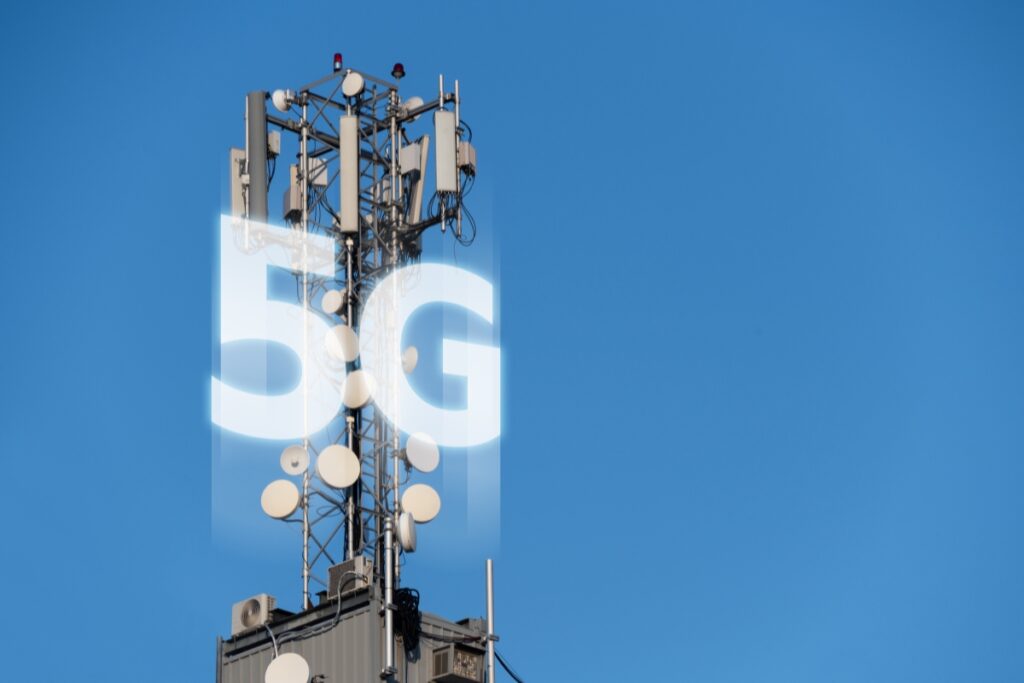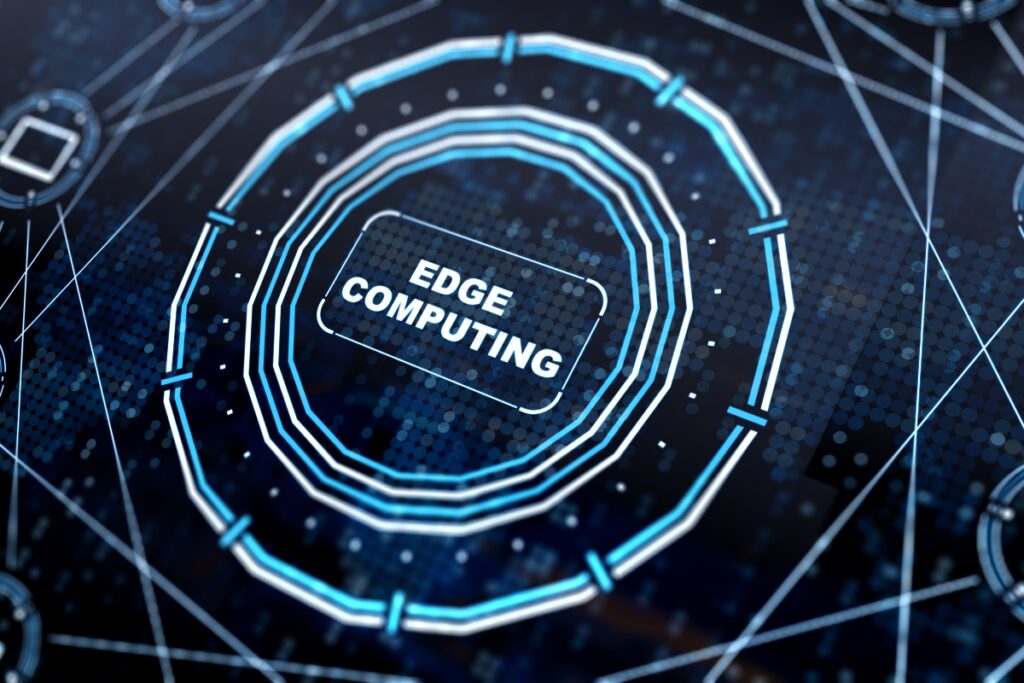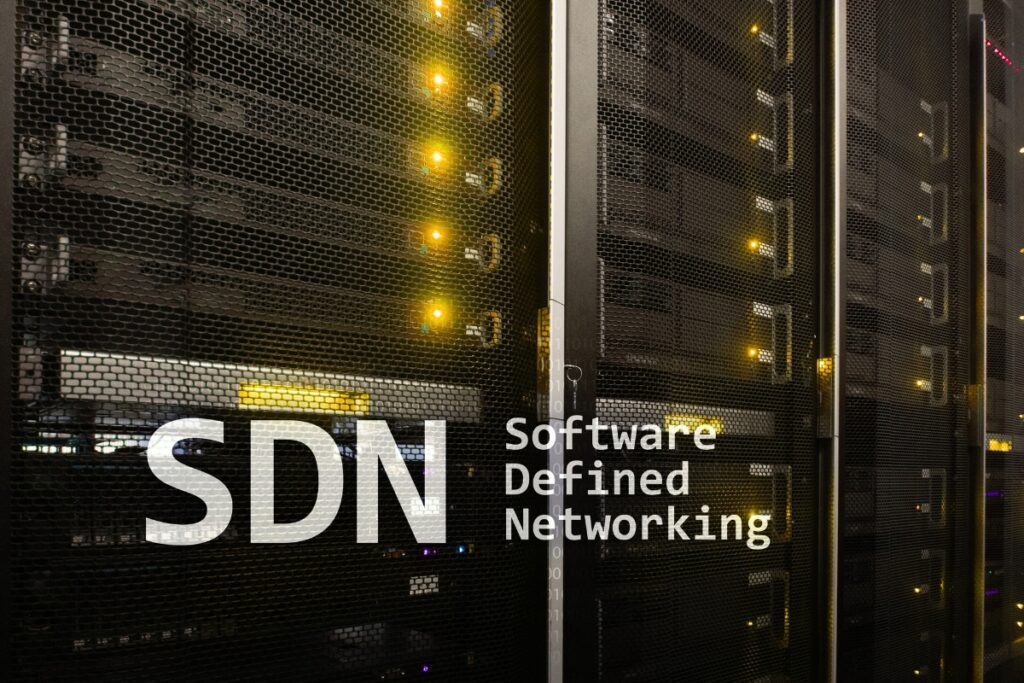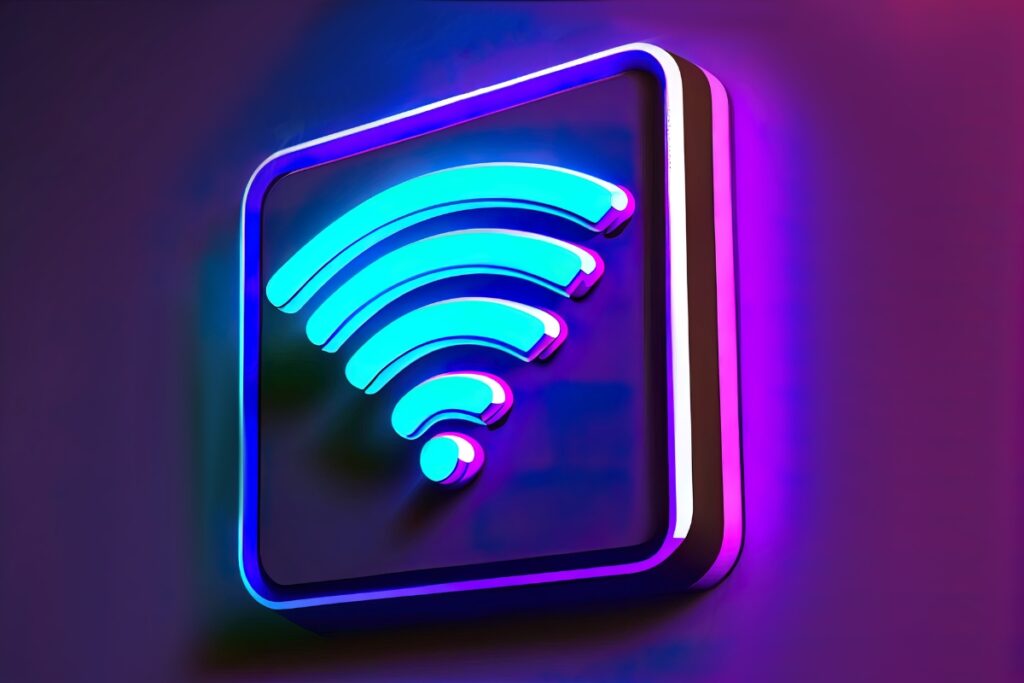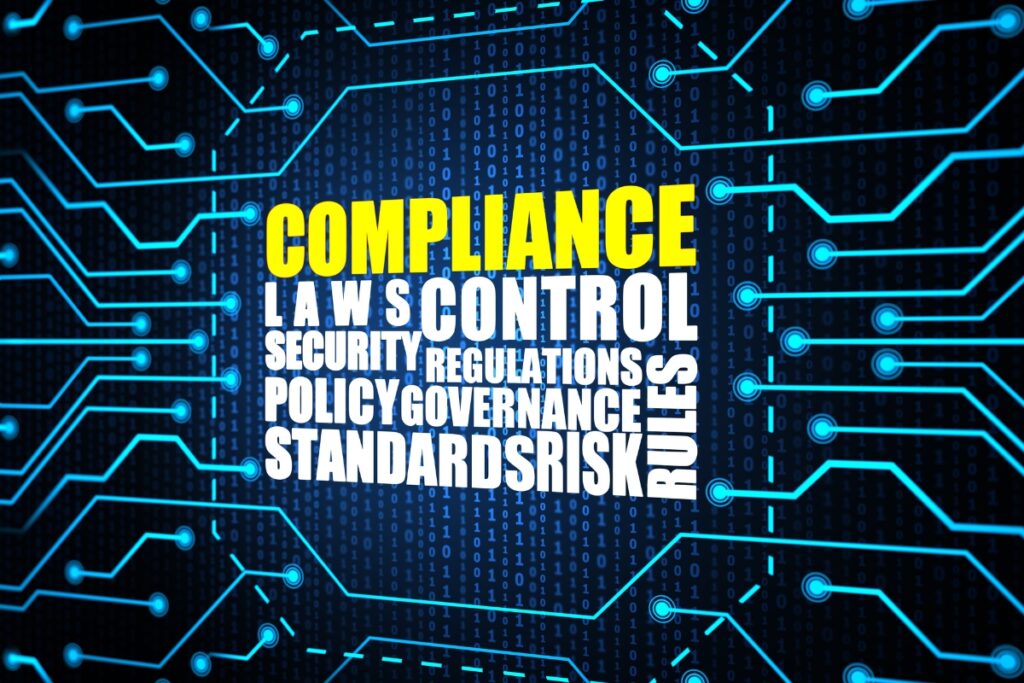5G Unleashed: What Lies Ahead and How It Will Revolutionize Everything
In today’s fast-paced digital world, we’re always in pursuit of faster, more reliable connectivity. The buzz around 5G technology is immense, and rightly so. It’s poised to revolutionize the way we connect, communicate, and conduct business. Let’s discover 5G, and understand its inception, evolution, and what it promises for the future.
What is 5G?
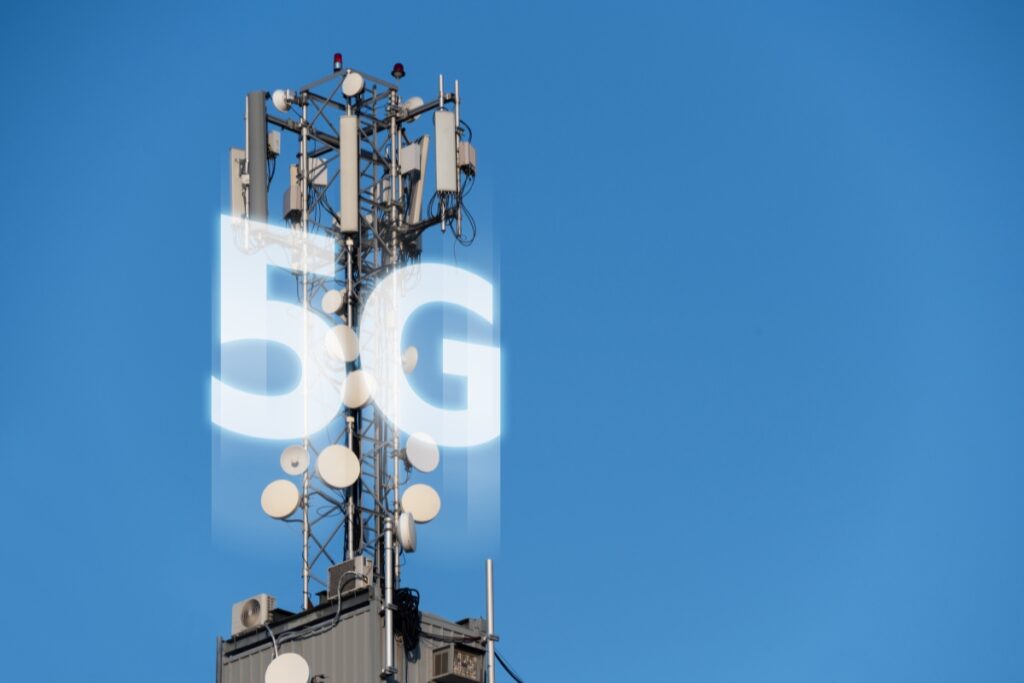
In simple terms, 5G stands for the fifth generation of wireless technology. It’s the successor to 4G LTE and promises significantly faster download and upload speeds, broader coverage, reduced latency, and the ability to connect more devices simultaneously.
The Evolution of Wireless Communication

To grasp the magnitude of 5G’s potential, we must understand the evolutionary path of wireless communication. It all began with the advent of 1G, the first generation, which introduced basic mobile voice communication. Then came 2G, bringing in digital voice communication. 3G revolutionized mobile data with faster internet access. 4G LTE took this a step further, enhancing data speeds and reliability.
Now, 5G is set to surpass all its predecessors. It’s not merely an evolution; it’s a revolution.
The Need for 5G
With our lives becoming increasingly digital, the demand for faster and more efficient networks is at an all-time high. The rise of the Internet of Things (IoT), augmented reality (AR), virtual reality (VR), autonomous vehicles, and smart cities necessitates a network that can handle a massive amount of data at lightning speed.
Imagine a world where your car communicates with traffic lights, where doctors perform surgeries remotely through robotic arms, and where you can download a high-definition movie in seconds. This is the world 5G is shaping.
The Technological Marvel of 5G
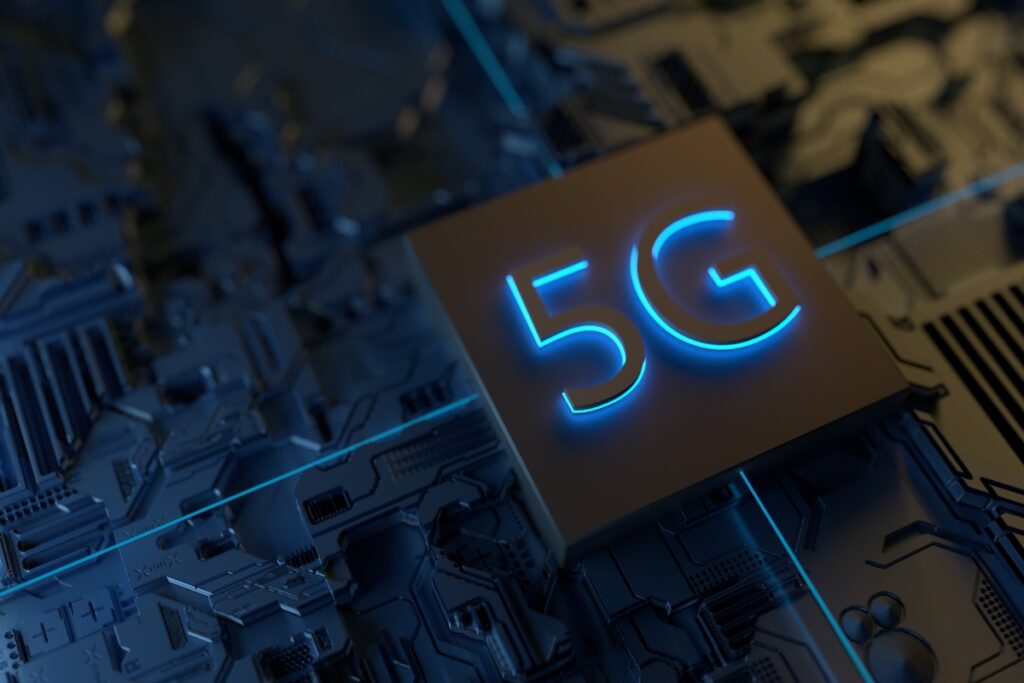
Millimeter Waves and Small Cells
One of the fundamental advancements in 5G is the use of millimeter waves. These are high-frequency radio waves that can carry a vast amount of data. However, they have a shorter range. To overcome this, 5G employs a network of small cells, which are like mini cell towers scattered across an area, enhancing coverage and speed.
Massive MIMO
Massive Multiple-Input, Multiple-Output (MIMO) is another technological marvel of 5G. It involves using multiple antennas at both the transmitter and receiver to transmit and receive more data simultaneously. This technology significantly increases network capacity and efficiency.
Beamforming
Beamforming is a technique that focuses the wireless signal directly toward the user, enhancing signal quality and reducing interference. This ensures a stronger and more stable connection, especially in crowded areas.
5G’s potential is immense, and we’ve just scratched the surface. Next, we’ll explore its real-world applications and the transformative impact it’s set to bring.
Realizing the 5G Dream: Applications and Impact
5G is more than just a faster internet connection; it’s a technological leap that promises to reshape industries and daily lives. Here are some areas where 5G is expected to make a significant impact:
1. Healthcare

In the healthcare sector, 5G will enable real-time monitoring and consultations. Imagine a patient in a remote area having access to the best specialists through augmented reality consultations, thanks to the high-speed and low latency of 5G.
2. Autonomous Vehicles

Self-driving cars and transportation systems will heavily rely on 5G for real-time communication and decision-making. The low latency of 5G ensures split-second reactions, making autonomous vehicles safer and more efficient.
3. Smart Cities
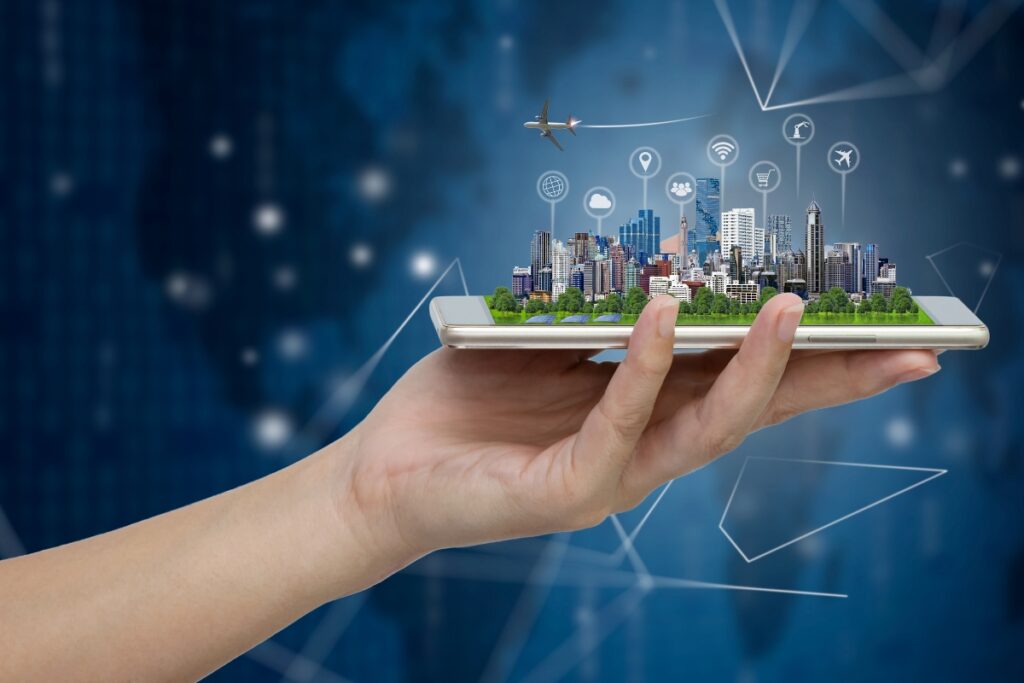
5G will underpin smart city initiatives. From traffic management to waste disposal, everything will be interconnected and optimized for efficiency. The massive data capacity of 5G is critical for managing and analyzing the vast amount of data a smart city generates.
4. Augmented and Virtual Reality (AR/VR)

Current AR and VR experiences will be enhanced and expanded with 5G. Imagine a concert experience where you can virtually stand next to your favorite artist. 5G’s high speeds and low latency will make this possible.
5. Internet of Things (IoT)
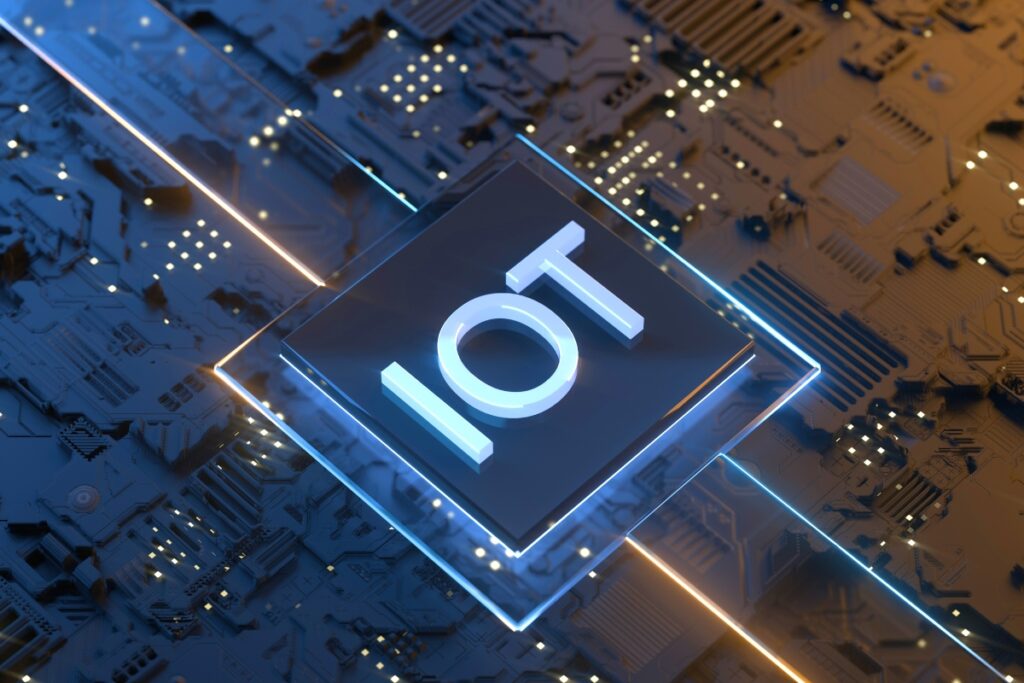
IoT devices will proliferate with 5G. Your home, car, appliances, wearables, and more will communicate seamlessly, enhancing automation and making life more convenient.
Moving Forward
However, the implementation of 5G comes with its own set of challenges. One significant challenge is the need for massive infrastructure upgrades. To fully benefit from 5G, we need an extensive network of small cells, fiber-optic cables, and upgraded hardware.
Security is another concern. The more interconnected our world becomes, the more vulnerable it is to cyber threats. With 5G connecting virtually everything, ensuring robust security measures is paramount.
A Glimpse into the Future
The journey to 5G is an exciting one, promising a future that’s more connected and technologically advanced than ever. While challenges remain, the potential benefits are vast. As 5G continues to roll out and evolve, we can look forward to a world where the unimaginable becomes the norm.
Stay tuned for more updates on 5G and its transformative impact on our lives and society.



